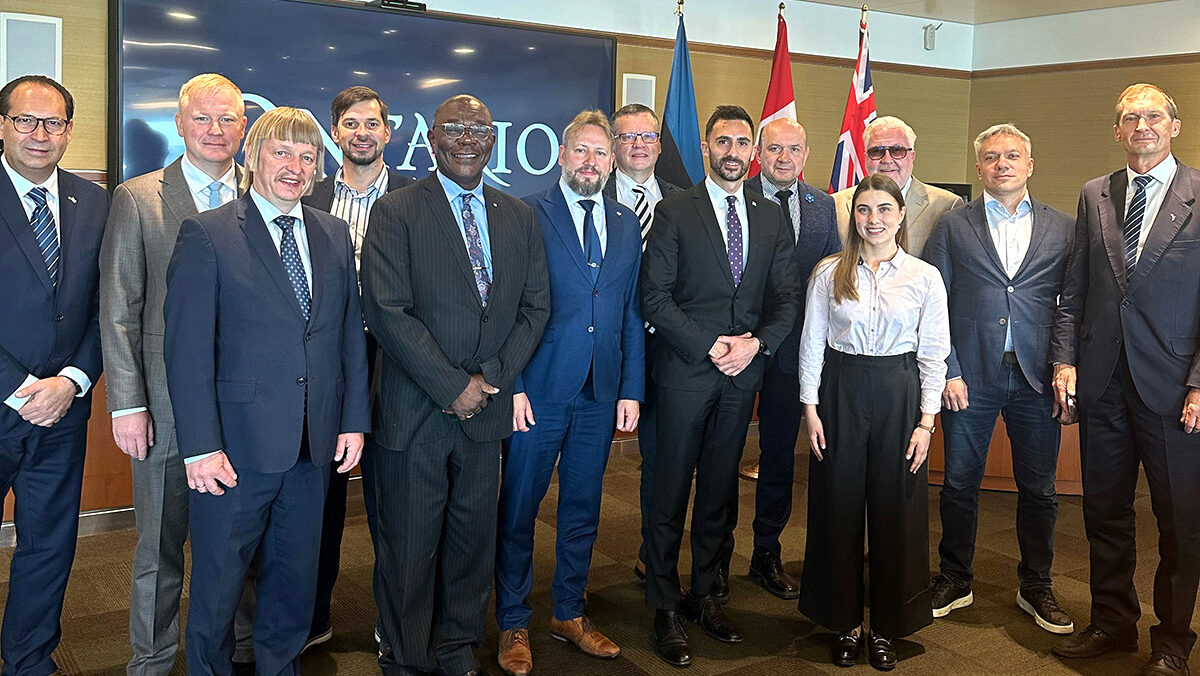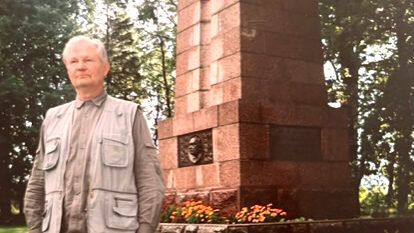After Crimea, NATO sent out a questionnaire about border regulations to each member state, and the results were pretty scary. Some countries needed to recall parliament in order to allow NATO units to cross their borders. Another NATO member said they would only let 1,600 (foreign) troops on their soil, meaning NATO would not be able to use that member state (which the NATO officials would not name).
“At the end of May I had a regular Baltic defense ministers' meeting with my Latvian and Lithuanian colleagues, where we also discussed how to achieve progress in making the Allied troop movement in the Baltic region simpler and faster,” said Estonian Defense Minister Hannes Hanso. “We agreed to continue the work on simplifying the relevant procedures and regulations. Estonia has already eased its regulations about requesting the entry permissions for military vessels and aircraft.” According to the new regulations, the permission must be granted within seven working days, though Hanso says that in practice the procedure usually takes only a few days, and in urgent cases the permit can be issued in a few hours.
Should a war break out, NATO commanders would, of course be free to move their troops across NATO borders without diplomatic clearance. “All nations have signed up to these crisis-response measures, so we don't expect any hold-ups in a crisis, said a NATO spokesperson, adding that,”an early entry force will be able to deploy within a couple of hours, supported by the national forces and the rapid response force.”
The difficulty lies in the peacetime activities restricting training between member nations, something the Russians are not restricted by.
Adu Raudkivi



